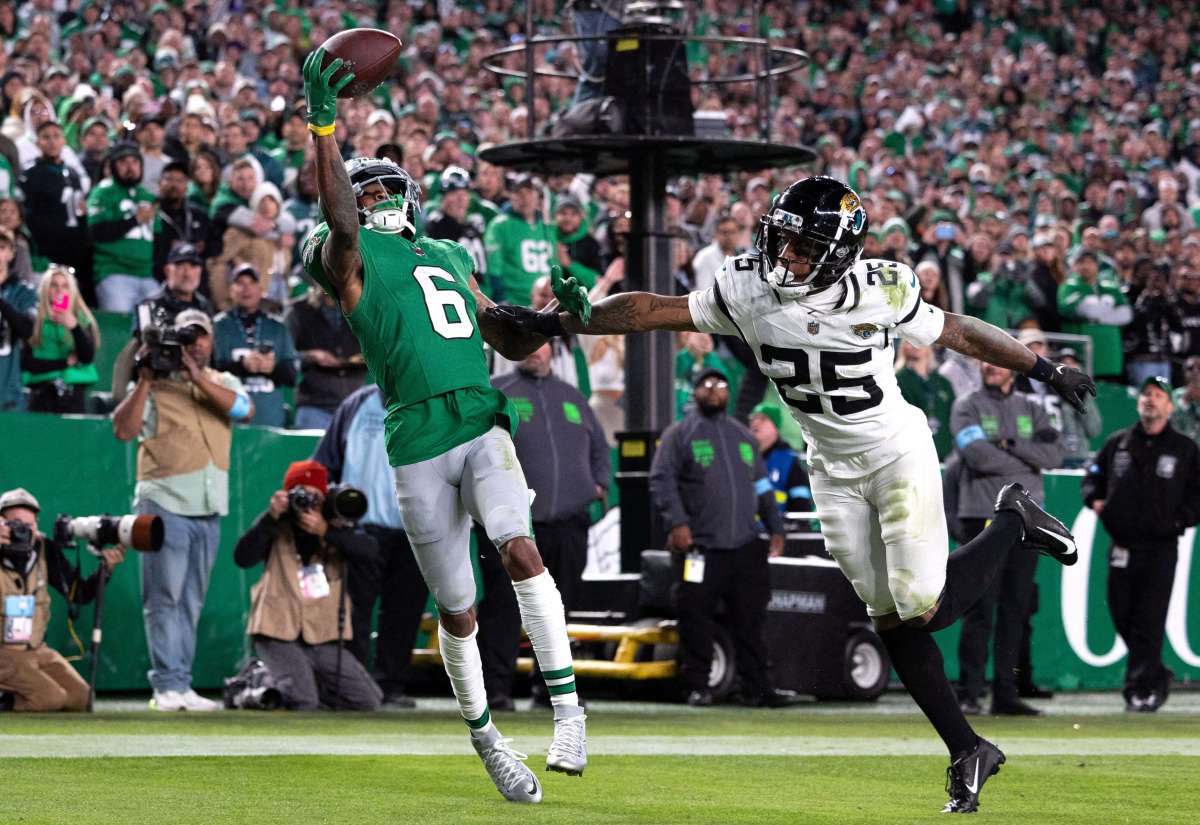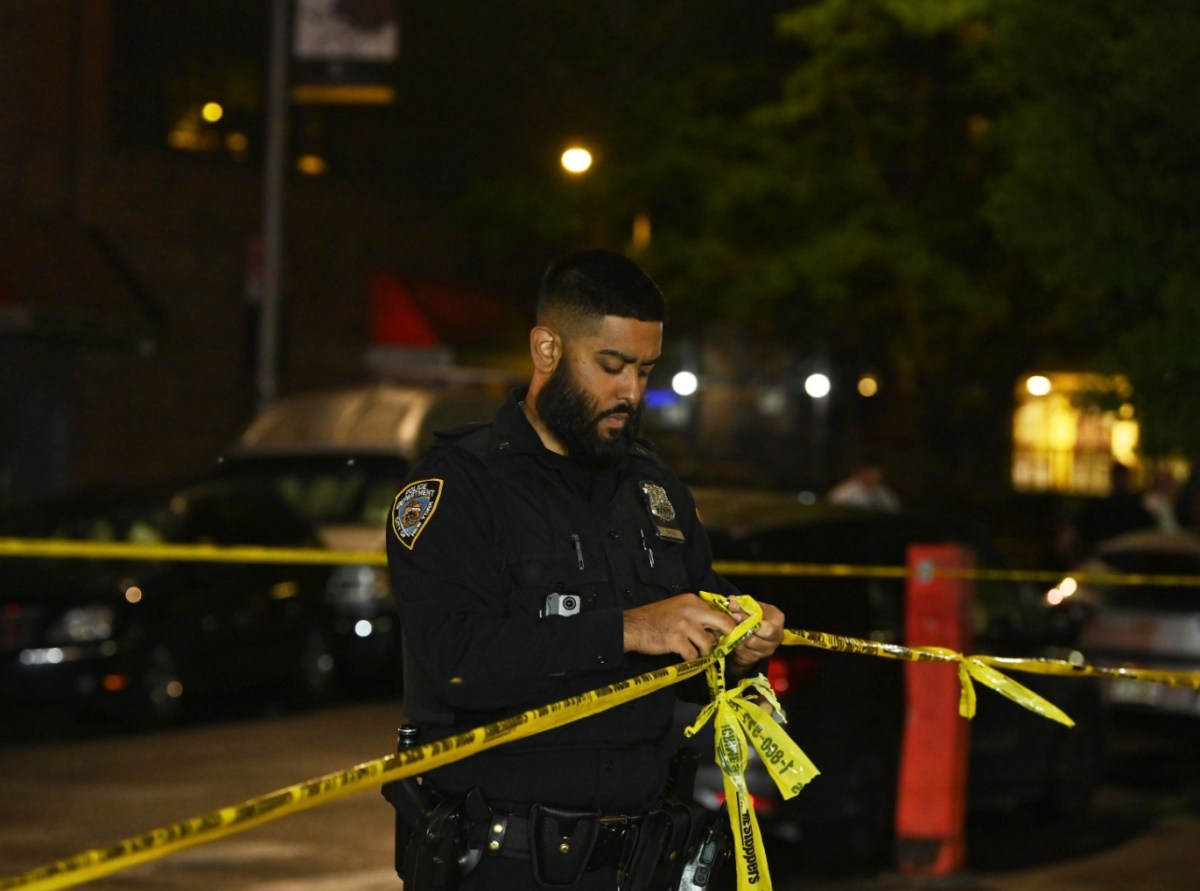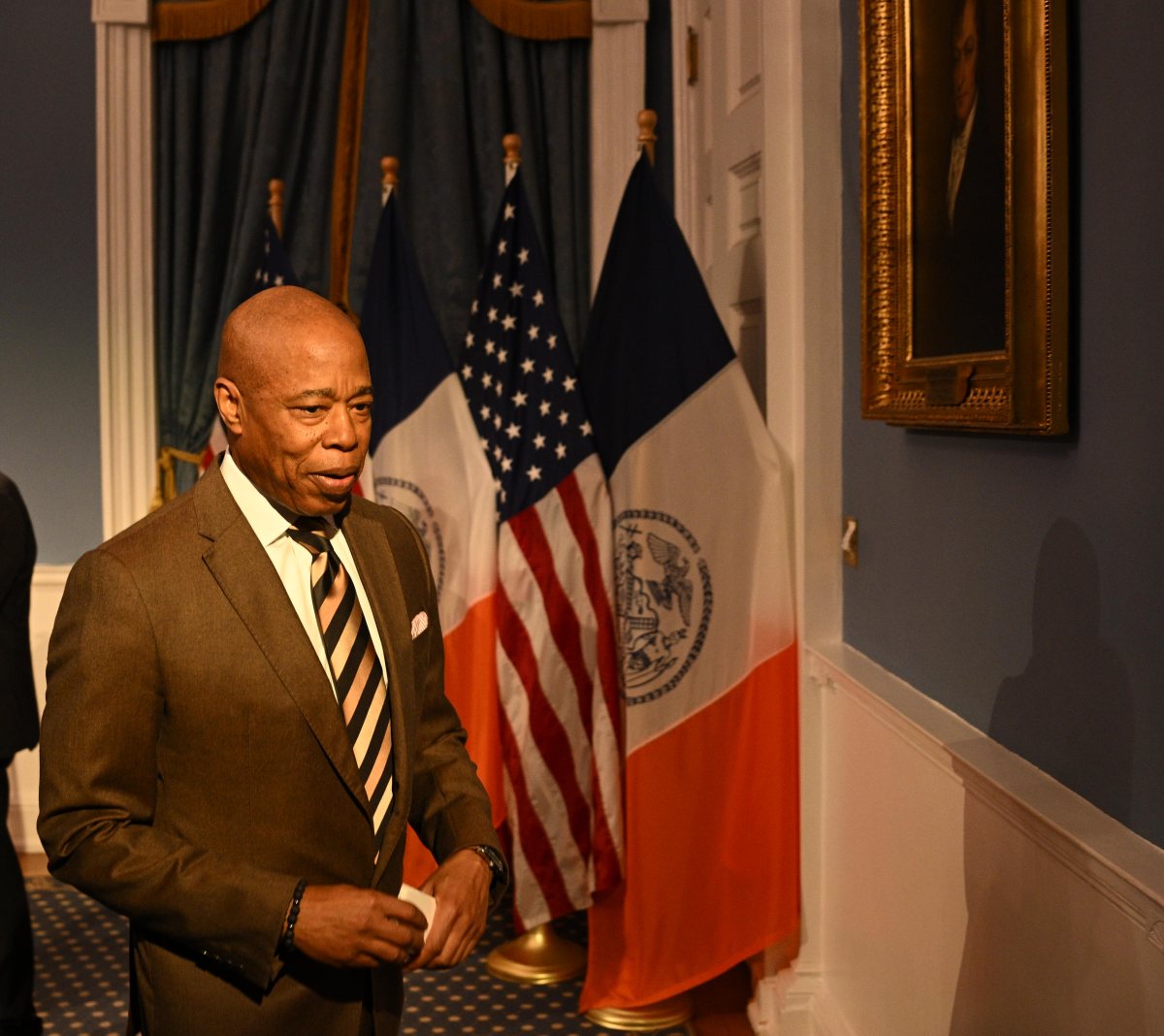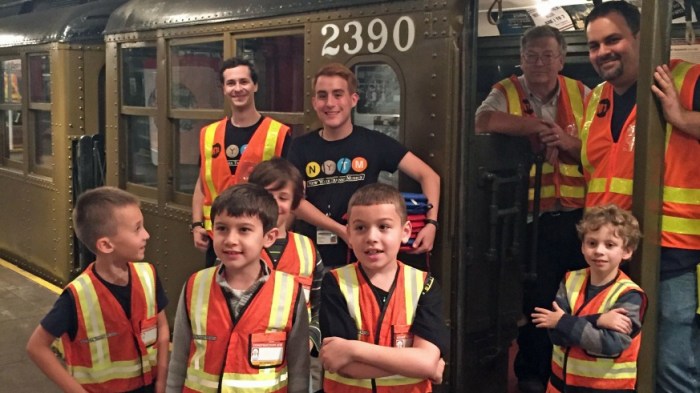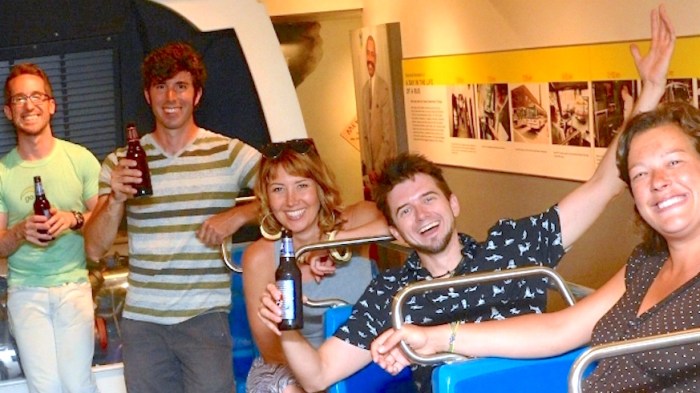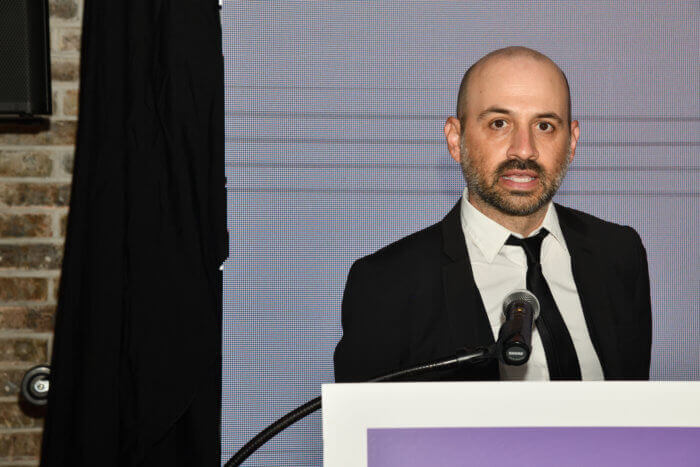“I’ve never seen anyone smile on the subway before,” an astonished young woman whispered to her friend. Then again, we were taking a vintage train ride on the MTA of the past: a 1930 R-1 “City Car” that served commuters from 1931-1970 and now hosts families, train enthusiasts and, on one recent evening, a rolling party.
This modern version of time travel is made possible by the New York Transit Museum and its stock of vintage train cars dating from as far back as 1907 to 1955, some of which even still in working order and rolled out for the occasional Coney Island nostalgia ride and during the holidays.
In the case of the Jazz Age-dressed riders who crowded on the museum’s decommissioned Court Street platform, it was a party called New York Through Time hosted by the adventure travel company Atlas Obscura and Chase Sapphire.
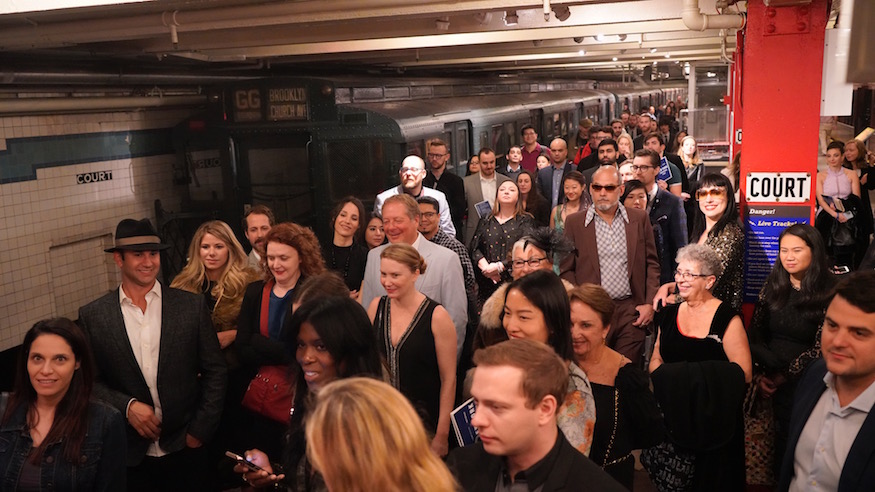
Vintage train rides are a particularly romantic notion now that the subway system, opened in October 1904 and feeling very much older than that at times, is literally crumbling around us. But if you have the opportunity to step aboard an antique subway car from another era, it’s easy to remember a time when riding the rails was not necessarily glamorous, less onerous.
Of course, this wasn’t a typical train ride: Each of the five cars had its own era, from 1930s swingers and jazz trio to the divas and cowbells of disco in the ‘70s and voguing through the ‘80s. But as with any vintage train ride, the dancers and music were just a momentary distraction from the real draw of the subway: people-watching and feeling like you’re part of the lifeblood rushing through the city’s veins.
Trains have always connected not just the city’s streets but its people, putting New Yorkers from every borough and walk of life shoulder-to-shoulder. Whether it was offering up a piece of music of dancing you hadn’t heard before, a missed connection or just getting you to look around and see that we’re all in this hectic, noisy, crazy city together.
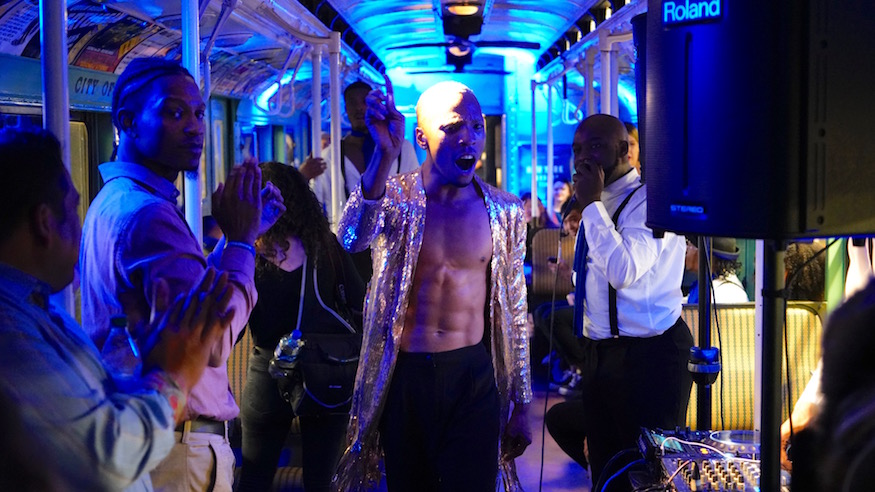
The R-1 may look industrial to a fault, all exposed rivets and utilitarian green paint, a relic of the somber style of the Depression years. But it was also prized for its speed and large passenger capacity, and even inspired Billy Strayhorn’s Take the A Train. Its ride is surprisingly smooth, much more so than the tilting 4 and 5 express lines or the jerky, screeching R train.
But half the fun was entirely outside the train cars. The R-1 zipped along on the same rails used by the A/C and B/D/E trains, with commuters on the platform whose mouths literally dropped open, seemingly confused about what year it was suddenly as if they were seeing a phantom train. And of course, plenty who barely glanced up from their phone or were annoyed it wasn’t their trains.
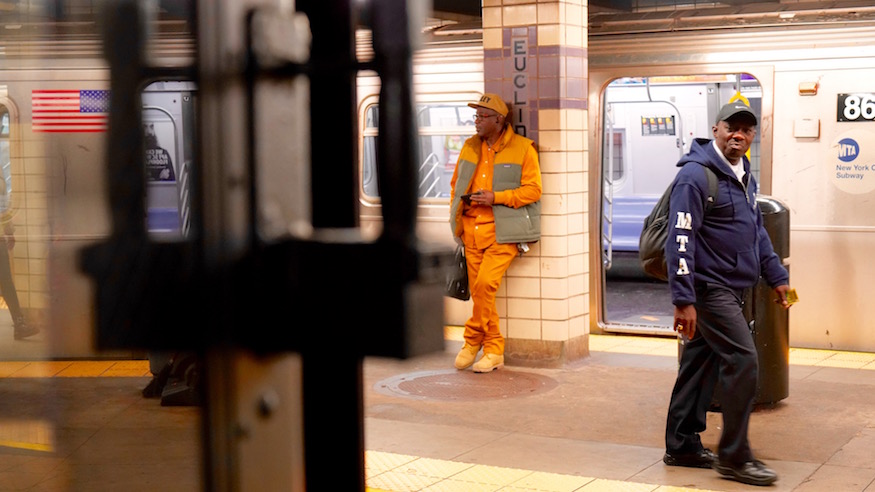
Riding a vintage train is also a constant reminder of what has changed. The seats on the R-1 certainly were better cushioned than our plastic benches, though the subway ads are difficult to look at for any modern woman. And perhaps the New York Through Time travelers would’ve felt differently about the R-1 had the ride taken place during a summer afternoon, rather than the unusually cool October evening we enjoyed.
The R-1’s ceiling fans are a reminder that they didn’t figure out air conditioning on subway cars until 1967.) Then it took until 1993 to finish upgrading the entire subway fleet.) As with most trips through time, it’s fun while it lasts but at the end, you realize not everything, not even the trains, were better in the past.
To find out when the Transit Museum’s next vintage train ride will be, visit nytransitmuseum.org.











